Bio 006 - 9LB: ELISA
1/14
There's no tags or description
Looks like no tags are added yet.
Name | Mastery | Learn | Test | Matching | Spaced |
|---|
No study sessions yet.
15 Terms
ELISA
A system that scientists use to detect the presence of antigens, using antibodies.
Direct ELISA
Uses 1 set of antibodies that is primed to bind to a specific antigen. Antibodies have an added region that will light up if they bind to the antigen.
Indirect ELISA
Uses 2 sets of antibodies: one to bind to the antigen (specific) and one to bind to the first antibody and light up.
Antibodies
Proteins produced by B cells which recognize & bind to antigens.
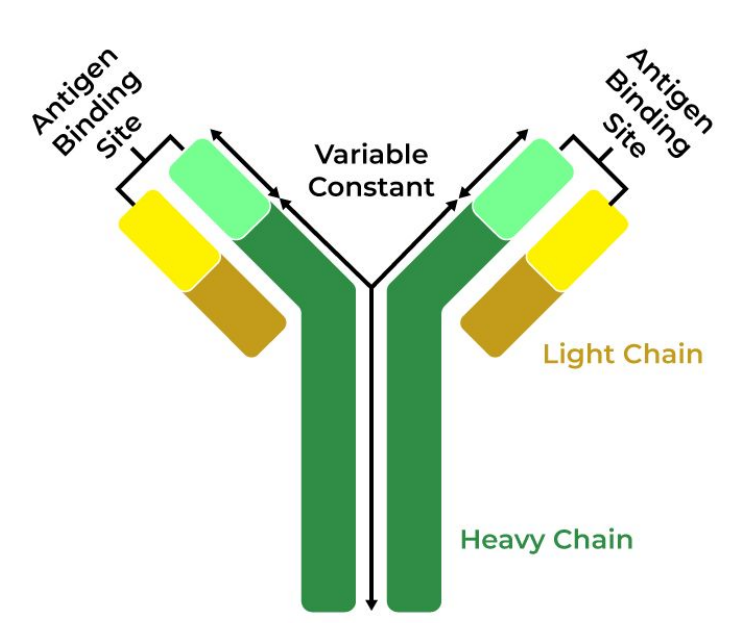
Antigens
Any macromolecule the adaptive immune system can learn to recognize.
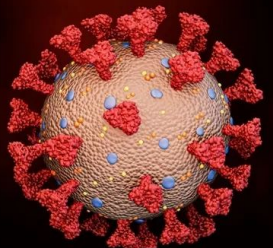
Neutralization
One of the three ways antibodies destroy pathogens.
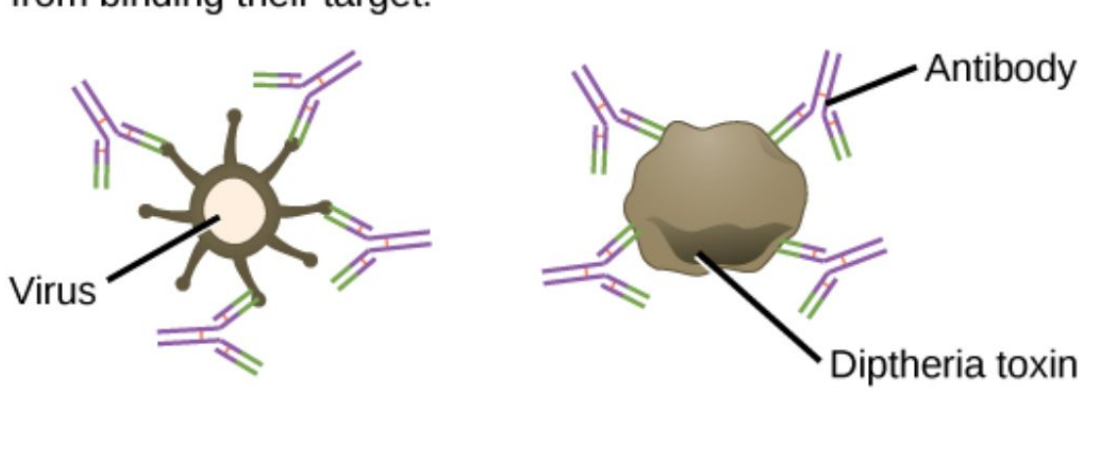
Opsonization
One of the three ways antibodies destroy pathogens.
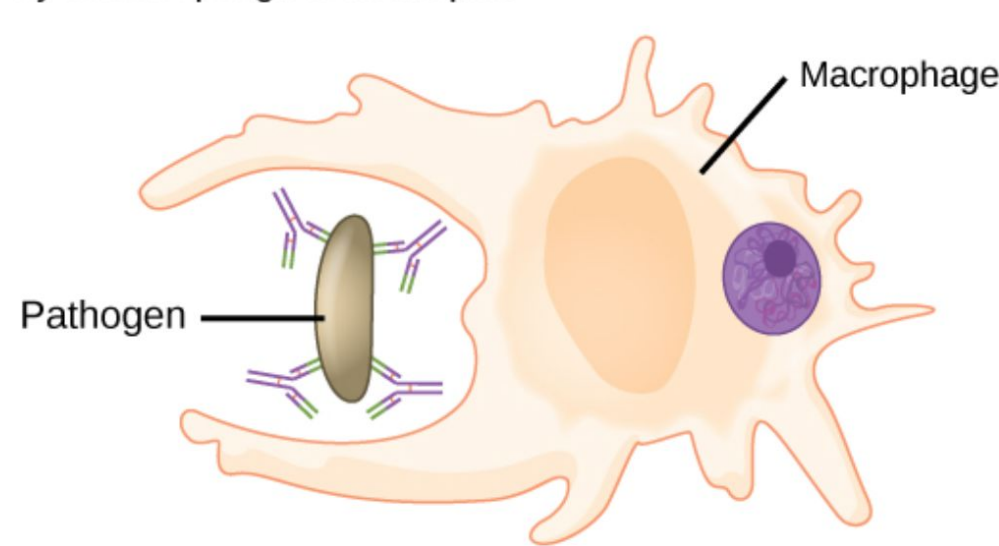
Complement activation
One of the three ways antibodies destroy pathogens.
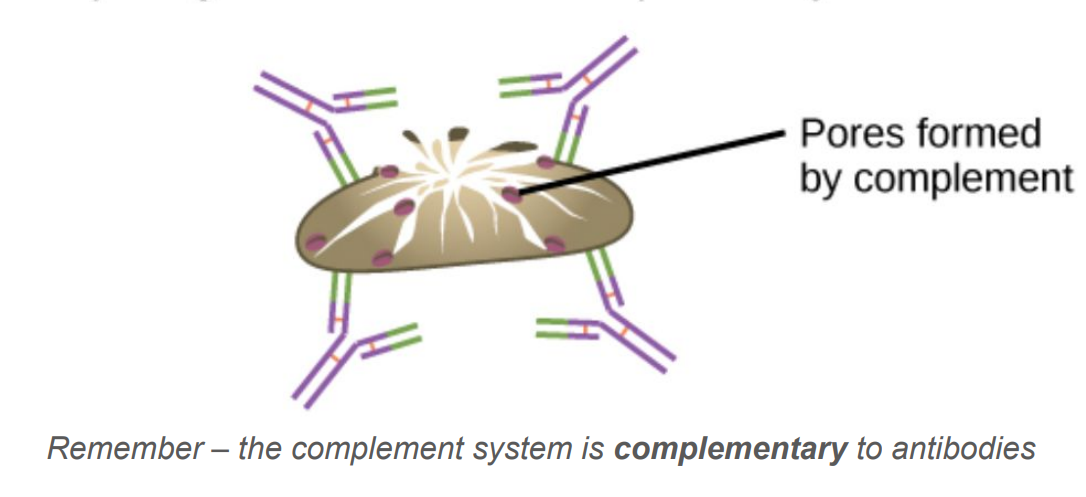
Primary antibodies
Antibodies that are very specific to an antigen and their purpose is to stick to the antigen and hold it down.
Secondary antibodies
Antibodies made to bind to any kind of human antibody and are attached to an enzyme that changes colors when it interacts with the primary antibody.
HIV-associated antigens
Antigens that are likely present in the blood, saliva, etc., of someone who has HIV.
Sensitivity in Indirect ELISA
Higher sensitivity means more precise detection of antigens.
Cost-effectiveness in Indirect ELISA
Indirect ELISA is cheaper for scientists compared to other methods.
Flexibility in Indirect ELISA
Indirect ELISA is more flexible for many uses.
Color change in ELISA
If antigen is present, a color change occurs due to the reaction of the secondary antibody with a certain chemical.